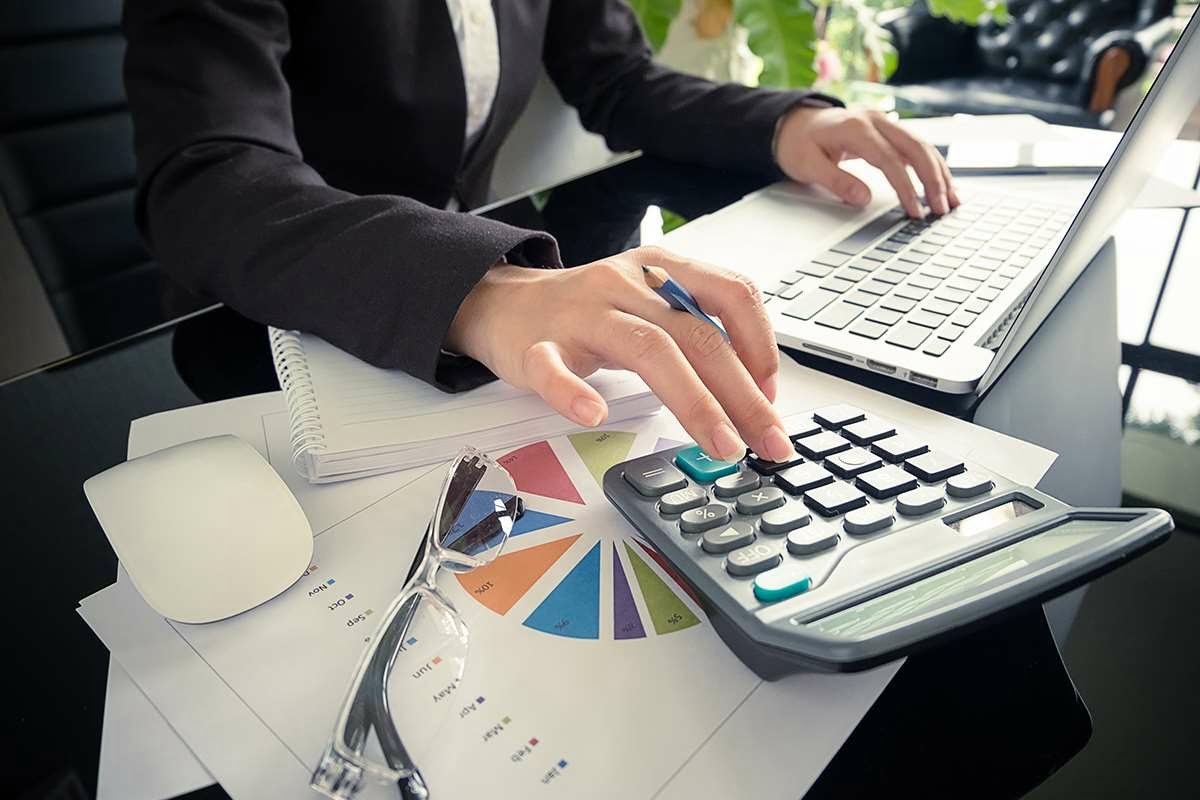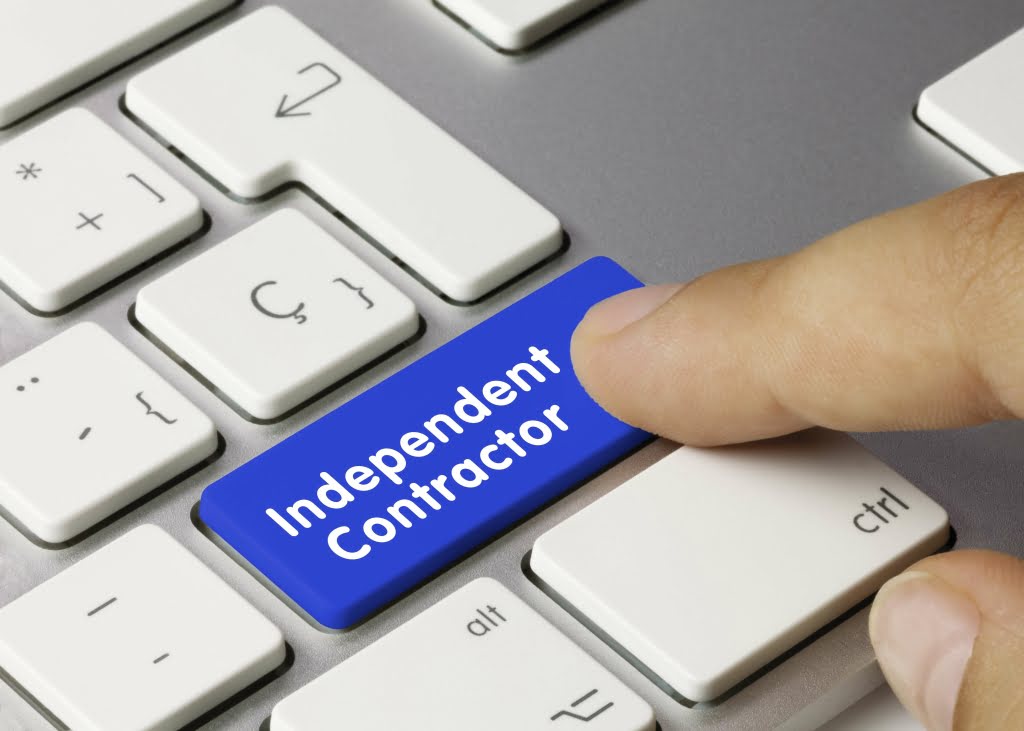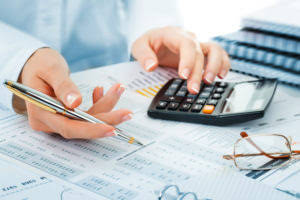Declining Balance Depreciation Formula & Example

DBM has pros and cons and is an ideal method for assets where technological obsolescence is very high. In this case, the depreciation rate in the declining balance method can be determined by multiplying the straight-line rate by 2. For example, if the fixed asset’s useful life is double declining balance method 5 years, then the straight-line rate will be 20% per year.
- Founded by Big 4 accountants, Netgain creates solutions for accountants’ biggest challenges.
- Aside from DDB, sum-of-the-years digits and MACRS are other examples of accelerated depreciation methods.
- Since we already have an ending book value, let’s squeeze in the 2026 depreciation expense by deducting $1,250 from $1,620.
- The company can calculate declining balance depreciation for fixed assets with the formula of the net book value of fixed assets multiplying with the depreciation rate.
- Each year, you depreciate the asset by a fraction that has the remaining life of the asset as the numerator.
- The fraction uses the sum of all years’ digits as the denominator and starts with the largest digit in year 1 for the numerator.
Double declining balance vs. the straight line method
- For example, on Jan 01, the company ABC buys a machine that costs $20,000.
- It is important to understand that although the charging of depreciation affects the net income (and therefore the amount attributable to shareholders) of a business, it does not involve the movement of cash.
- Companies can (and do) use different depreciation methods for each set of books.
- The accelerated method is often used when as asset is likely to generate more income in its early years, so that the expenses of using the asset are matched to the income generated by it.
- So the amount of depreciation you write off each year will be different.
- The Income-tax Act mandates that only the WDV technique be used to determine depreciation, despite the fact that Companies often utilize SLM.
A common mistake is forgetting to adjust the final year’s depreciation to not drop below the salvage value. If you’ve been penalized by the IRS for late tax filing or unpaid tax debt, IRS one-time forgiveness might be for you. For the second year of depreciation, you’ll be plugging a book value of $18,000 into the formula, rather than one of $30,000. She holds a Bachelor of Science in Finance degree from Bridgewater State University and helps develop content strategies. Get instant access to video lessons taught by experienced investment bankers. Learn financial statement modeling, DCF, M&A, LBO, Comps and Excel shortcuts.
- The biggest thing to be aware of when calculating the double declining balance method is to stop depreciating the asset when you arrive at the salvage value.
- The double declining balance method allows businesses to depreciate assets more rapidly in the initial years of their useful life.
- Companies often use rapid depreciation methods to reduce taxes in the early years of an asset’s life.
- After the first year, we apply the depreciation rate to the carrying value (cost minus accumulated depreciation) of the asset at the start of the period.
- The DDB method accelerates depreciation, allowing businesses to write off the cost of an asset more quickly in the early years, which can be incredibly beneficial for tax purposes and financial planning.
- If you’re calculating your own depreciation, you may want to do something similar, and include it as a note on your balance sheet.
Step 1: Compute the Double Declining Rate

Hence, it is important for the management of the company to determine the depreciation rate that can allow the company to properly allocate the cost of the fixed asset over its useful life. Declining balance depreciation is the type of accelerated method of depreciation of fixed assets that results in a bigger amount of depreciation expense petty cash in the early year of fixed asset usage. In this case, the company can calculate decline balance depreciation after it determines the yearly depreciation rate and the net book value of the fixed asset. The declining balance method is one of the two accelerated depreciation methods and it uses a depreciation rate that is some multiple of the straight-line method rate. The double-declining balance (DDB) method is a type of declining balance method that uses double the normal depreciation rate. The Double Declining Balance Method (DDB) is a form of accelerated depreciation in which the annual depreciation expense is greater during the earlier stages of the fixed asset’s useful life.
Comparing the Accelerated Depreciation Methods with the Traditional Straight-Line Method

If the beginning book value is equal (or almost equal) with the salvage value, don’t apply the DDB rate. Instead, compute the difference between the beginning book value and salvage value to compute the depreciation expense. Accountingo.org aims to provide the best accounting and finance education for students, professionals, teachers, and business owners. Therefore, it is more suited to depreciating assets with a higher degree of wear and tear, usage, or loss of value earlier in their lives. To create a depreciation schedule, plot out the depreciation amount each year for the entire recovery period of an asset.

Your income may become harder to predict

The depreciation expense is then subtracted from the beginning book value to arrive at the ending book value. The ending book value Car Dealership Accounting for the first year becomes the beginning book value for the second year, and so on. The double declining balance method is an accelerated depreciation method that multiplies twice the straight-line depreciation method.
By dividing the $4 million depreciation expense by the purchase cost, the implied depreciation rate is 18.0% per year. Suppose a company purchased a fixed asset (PP&E) at a cost of $20 million. If the asset for which you are calculating depreciation contains an averaging convention, LN adjusts the depreciation expense for the first half year, quarter, or month calculation. Under all three methods, the total depreciation and book value at the end of the machine’s useful life is the same – $90,000 in total depreciation and $10,000 in ending book, or salvage, value. By keeping an eye on how much your assets have depreciated, you can better plan when to invest in new equipment and so avoid unexpected hits to your cash flow.
What is Double Declining Balance depreciation?

If, for example, an asset is purchased on 1 December and the financial statements are prepared on 31 December, the depreciation expense should only be charged for one month. Now you’re going to write it off your taxes using the double depreciation balance method. Continuing with the same numbers as the example above, in year 1 the company would have depreciation of $480,000 under the accelerated approach, but only $240,000 under the normal declining balance approach. Let’s examine the steps that need to be taken to calculate this form of accelerated depreciation. As a hypothetical example, suppose a business purchased a $30,000 delivery truck, which was expected to last for 10 years. Under the straight-line depreciation method, the company would deduct $2,700 per year for 10 years–that is, $30,000 minus $3,000, divided by 10.
